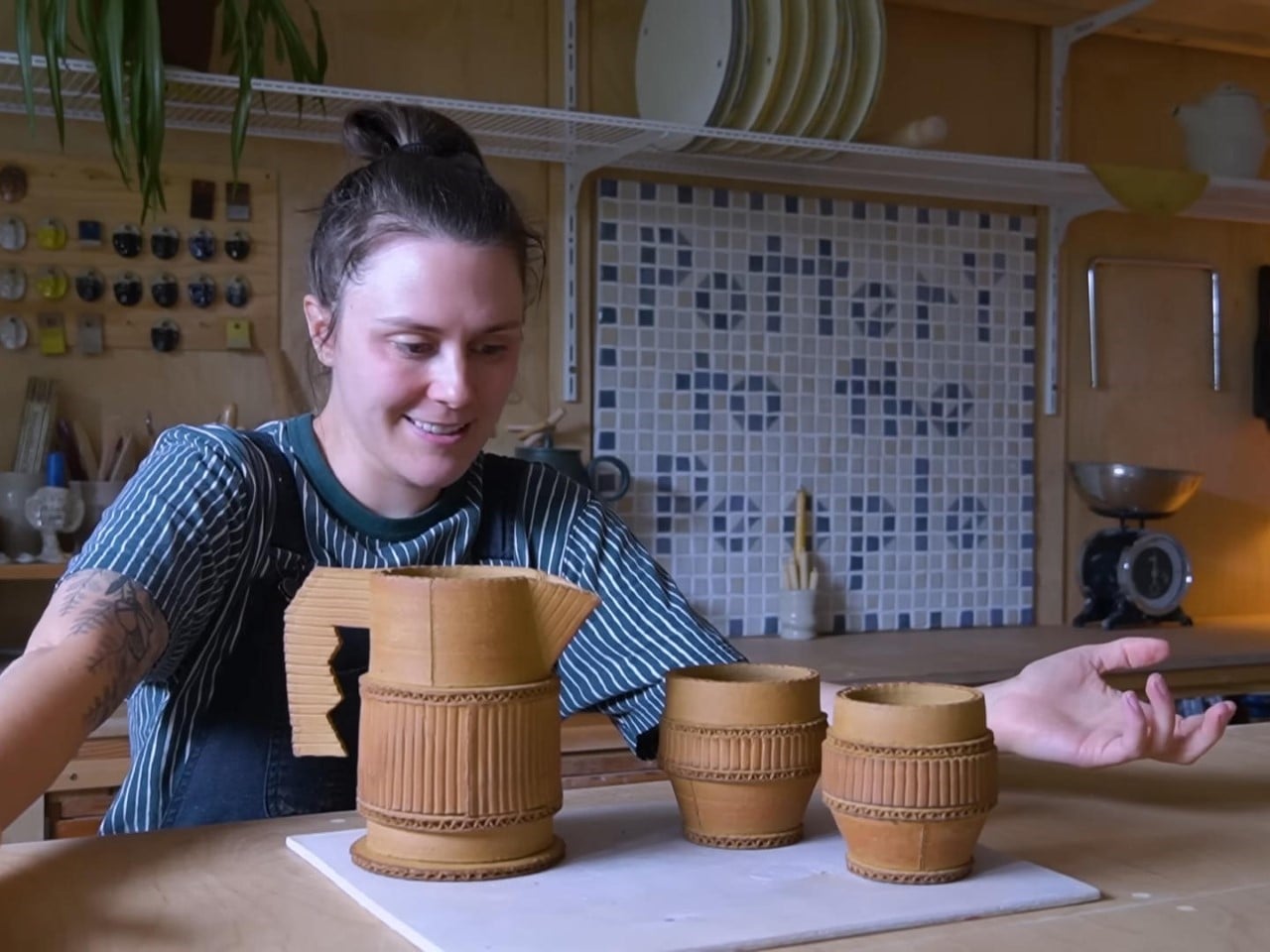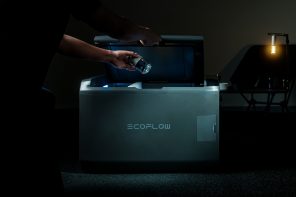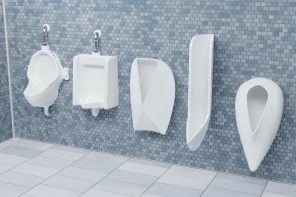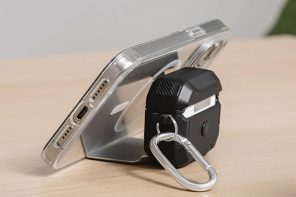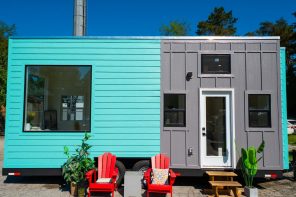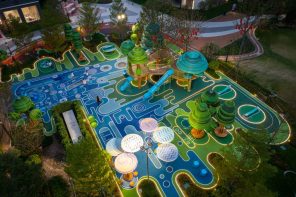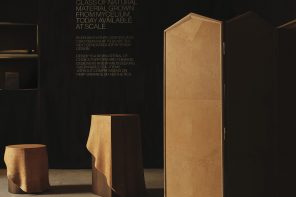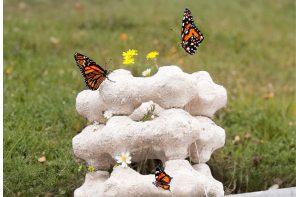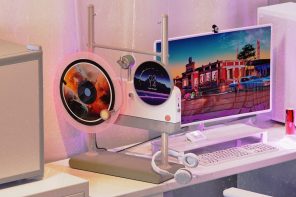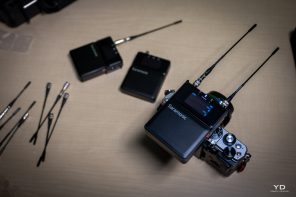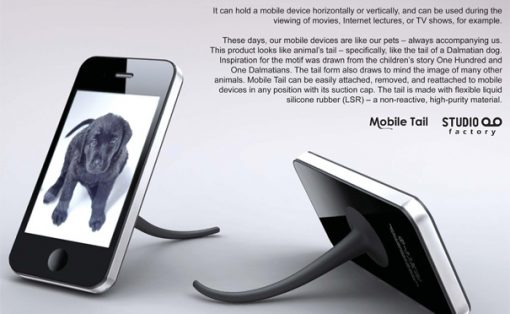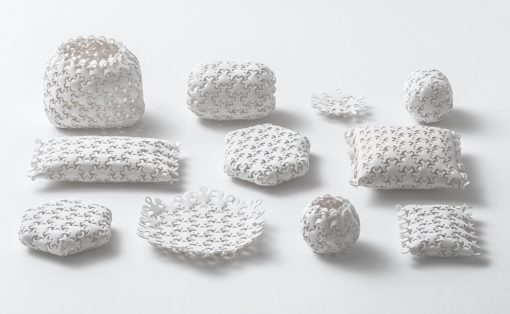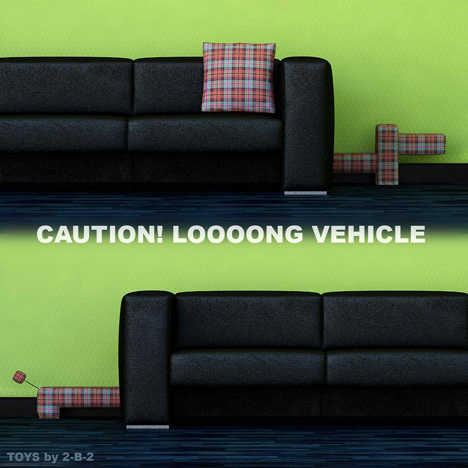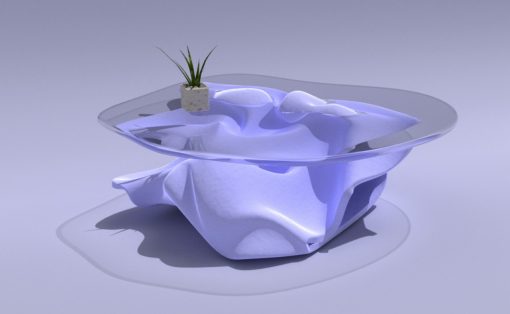Inspired by the designs of Jacques Monneraud, YouTuber Mia Mueller decided to put her skills to the test, making pottery that mimics the delicate, craft-like feel of corrugated cardboard. While Monneraud’s pieces look fantastic (and probably feel just as incredible to hold), Mueller’s approach actually guides us through the process, helping regular-folk understand the nuances of building clay pieces that look like cardboard. Mueller’s YouTube channel, Pottery To The People, is absolute gold for terracotta/ceramic enthusiasts, and although a lot of her content is centric to traditional use of the potter’s wheel, this particular project took a less conventional approach, but yielded results that look genuinely fantastic! Watch the video above to see how she did it, or just scroll to read more.
Designer: Pottery To The People
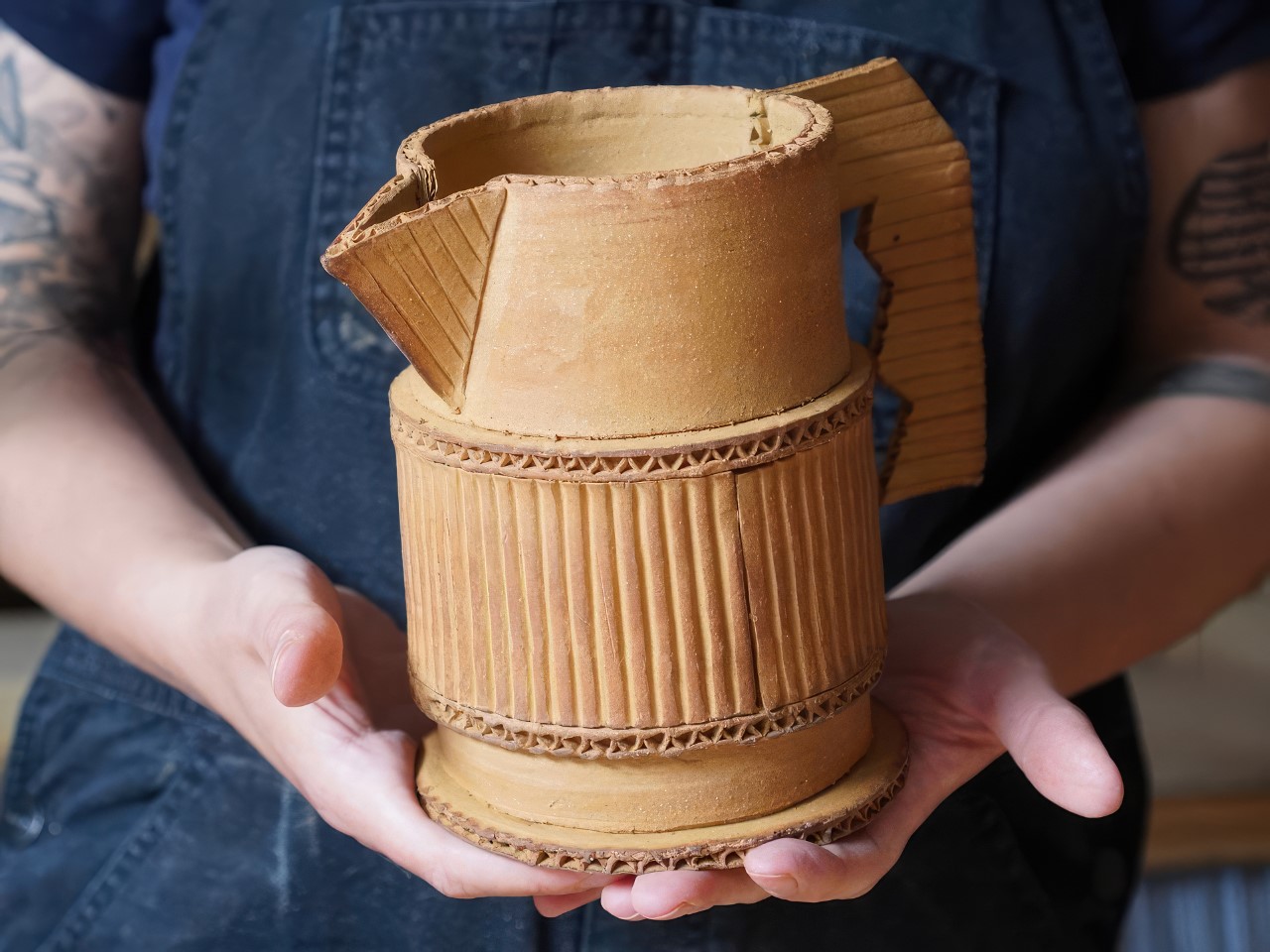
Mueller’s attempt at cardboard pottery is a part of her ‘steal like an artist’ video series, where she mimics the styles of pottery artists online. Monneraud’s designs have taken the internet by storm over the last few weeks and it only made sense for Mueller to give it a shot too, to see how easy it was, and whether the resulting pieces were, in fact, functional as pottery goods.
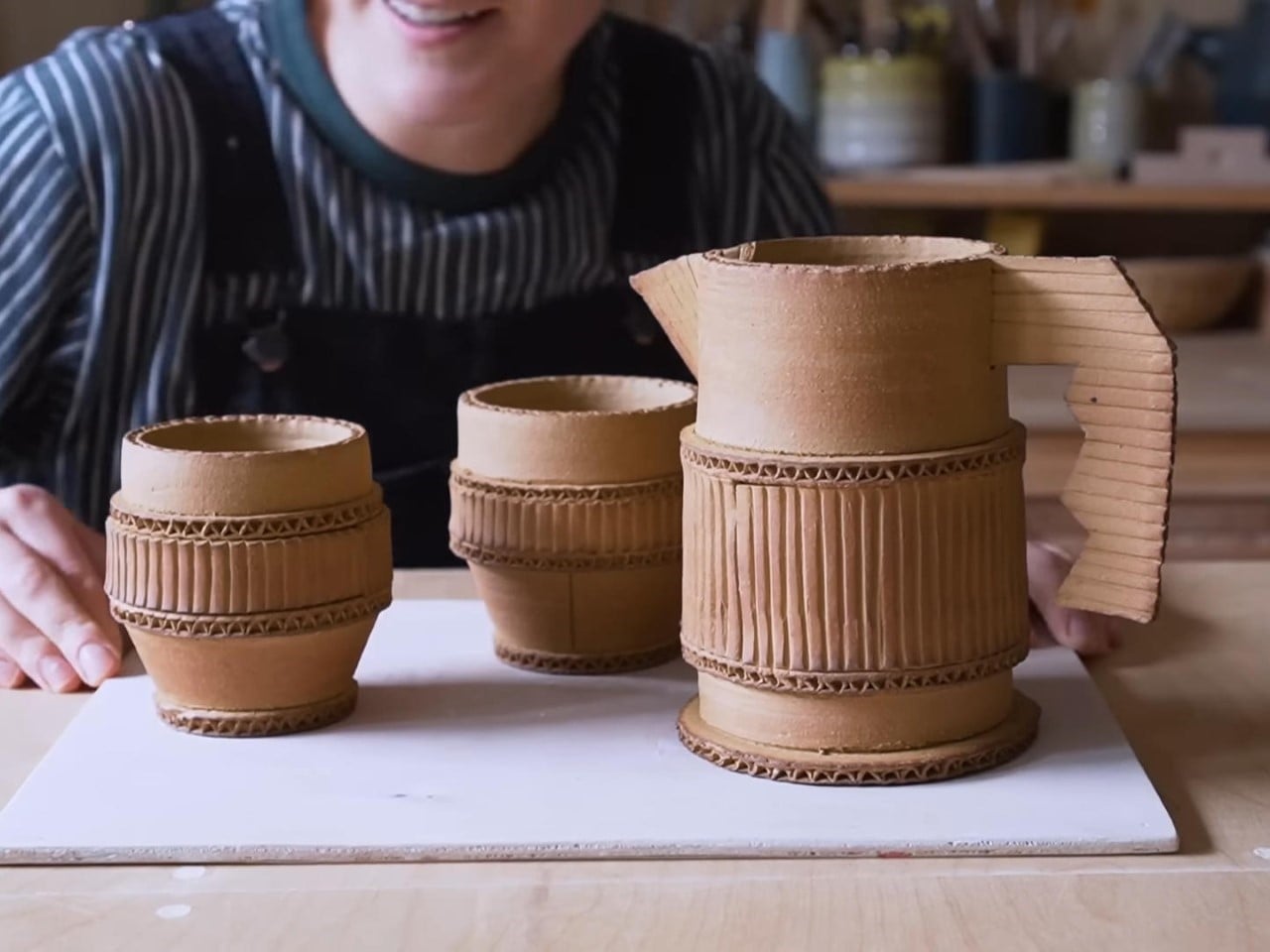
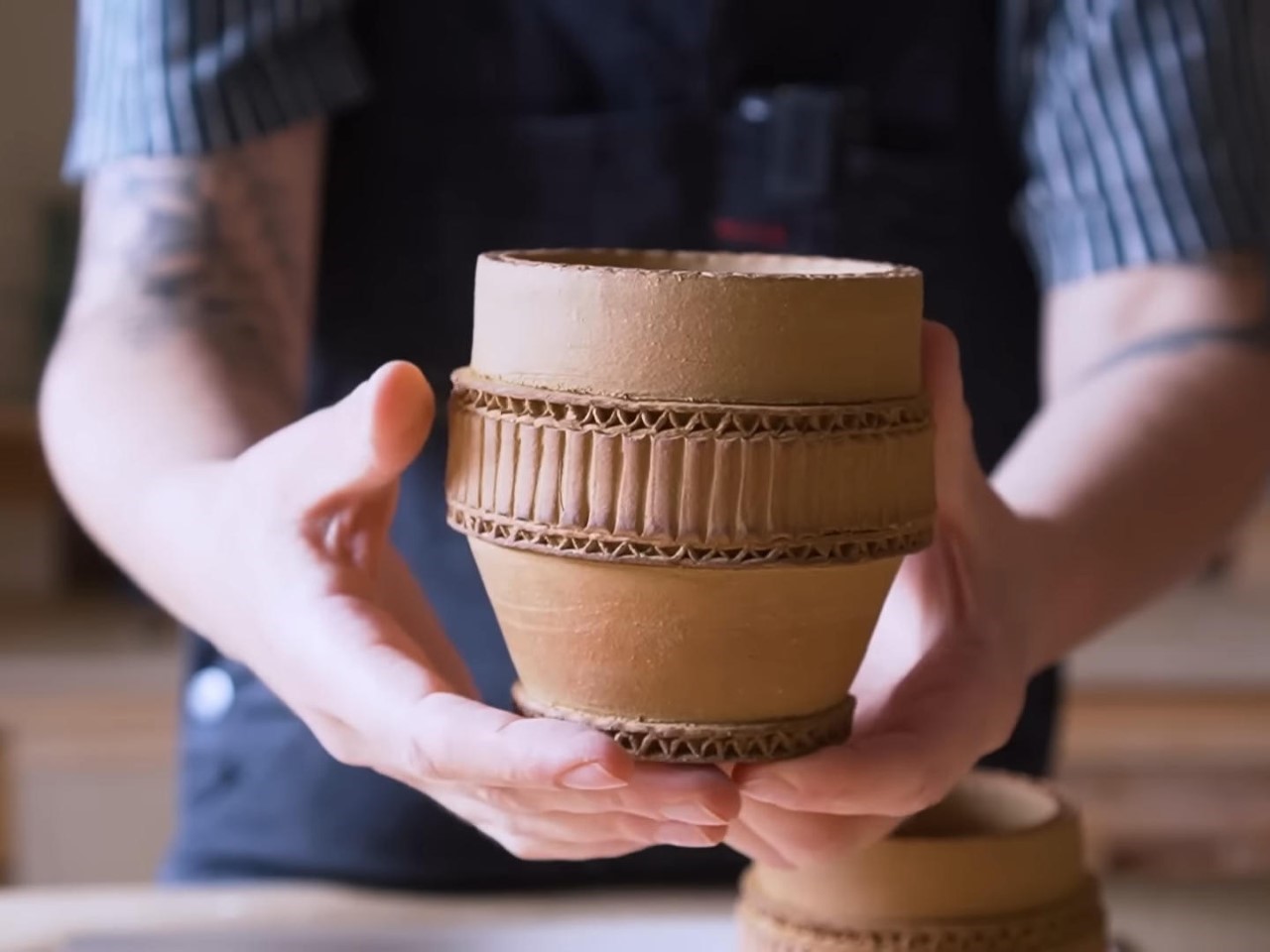
Choosing the right clay was perhaps the most crucial starting step. Different clays take on different hues after firing, so ensuring you’re left with the right cardboard-like color at the end of the firing process is key to nailing that illusion. Mueller used an Indian clay, known for its perfect cardboard-like brown hue.
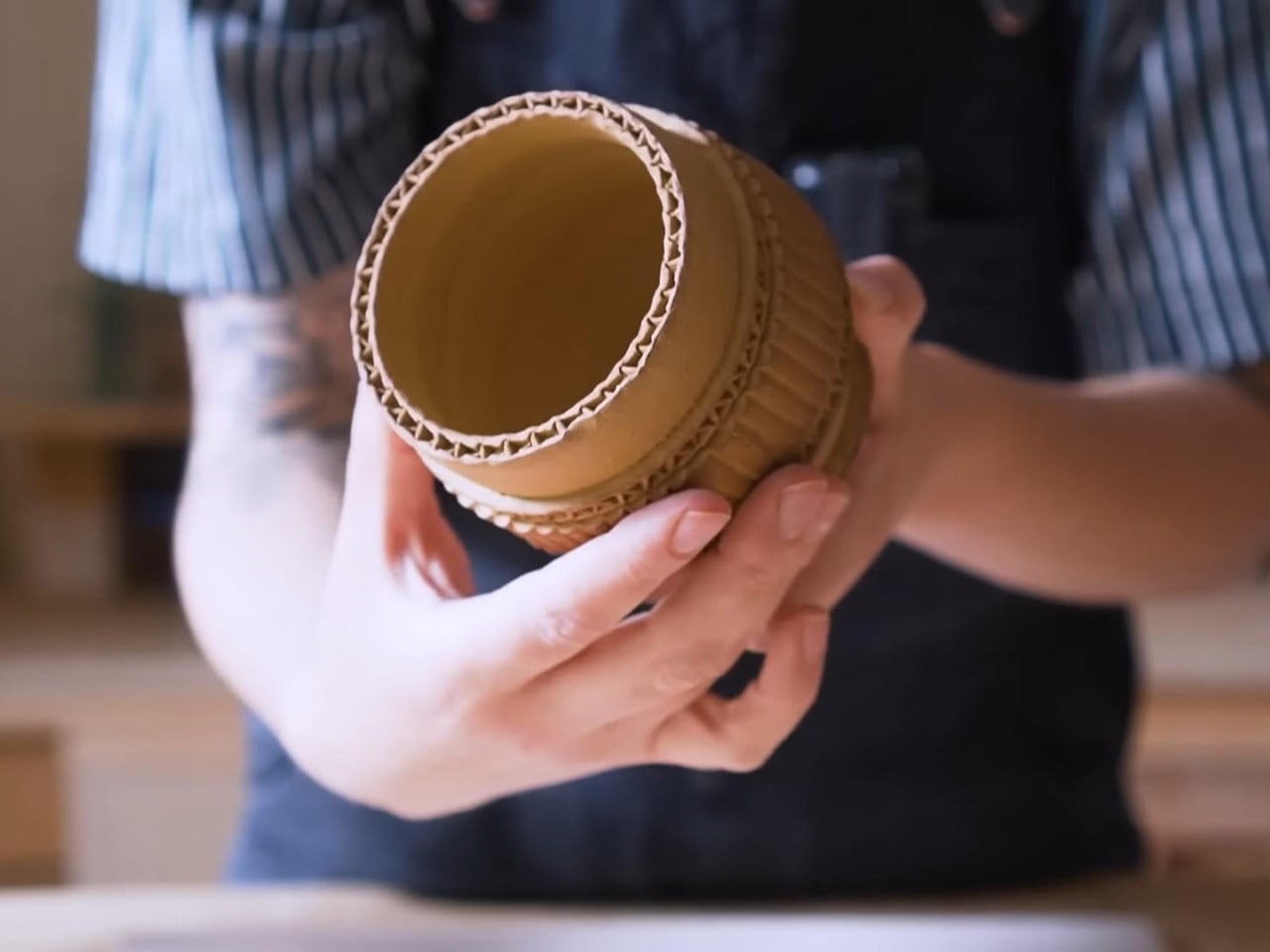
Once selecting and softening the clay, she took to the potter’s wheel, throwing and shaping the clay in a fairly geometric style. Paper doesn’t bend in complex curves, so Mueller ensured most of her designs had straight lines and sharp edges. Ridges were then ‘stamped’ with the corrugated design, and details like grips, handles, and spouts were given a ridged design using a set of specialized roller-pins with ridges on them.
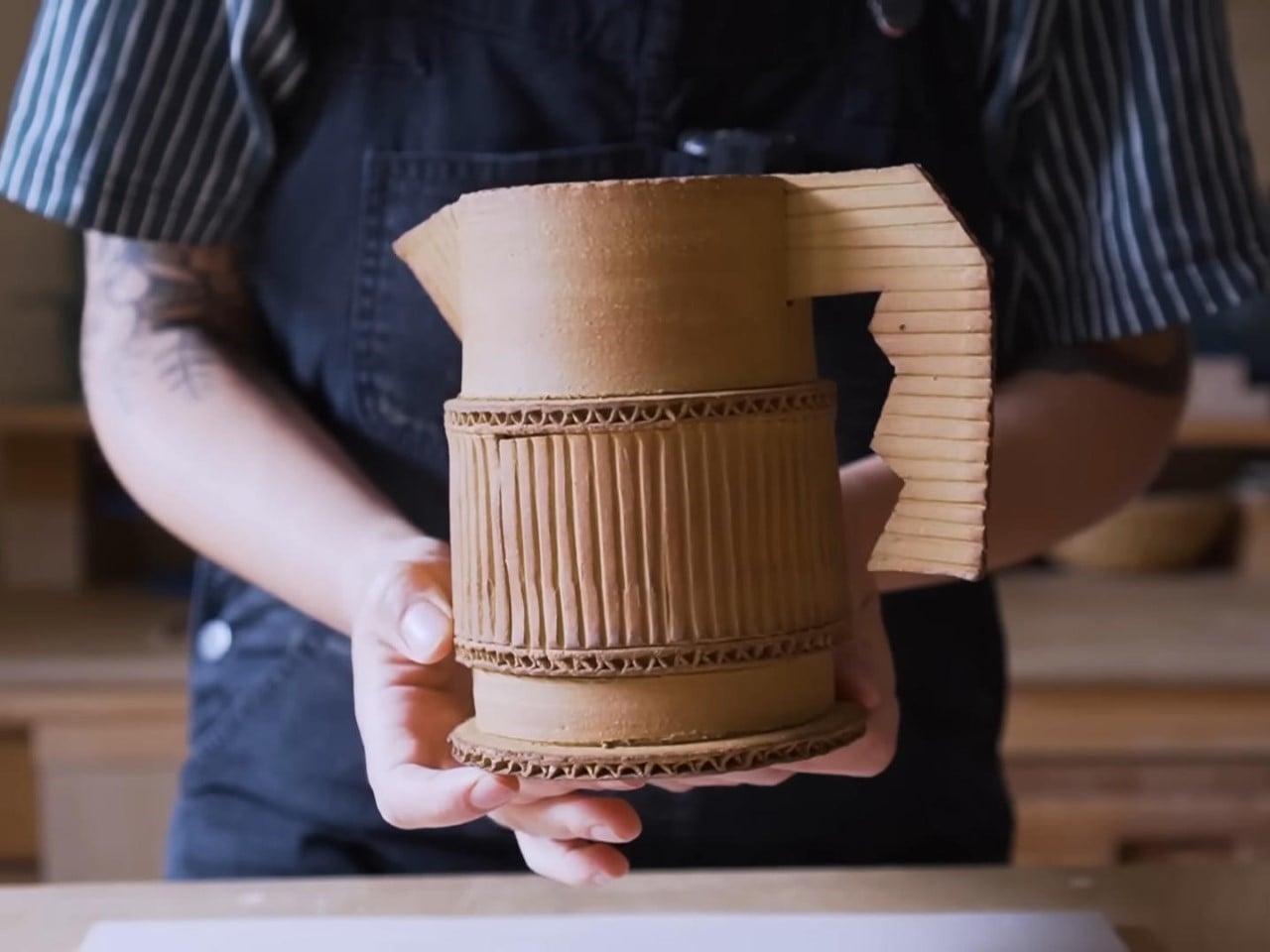
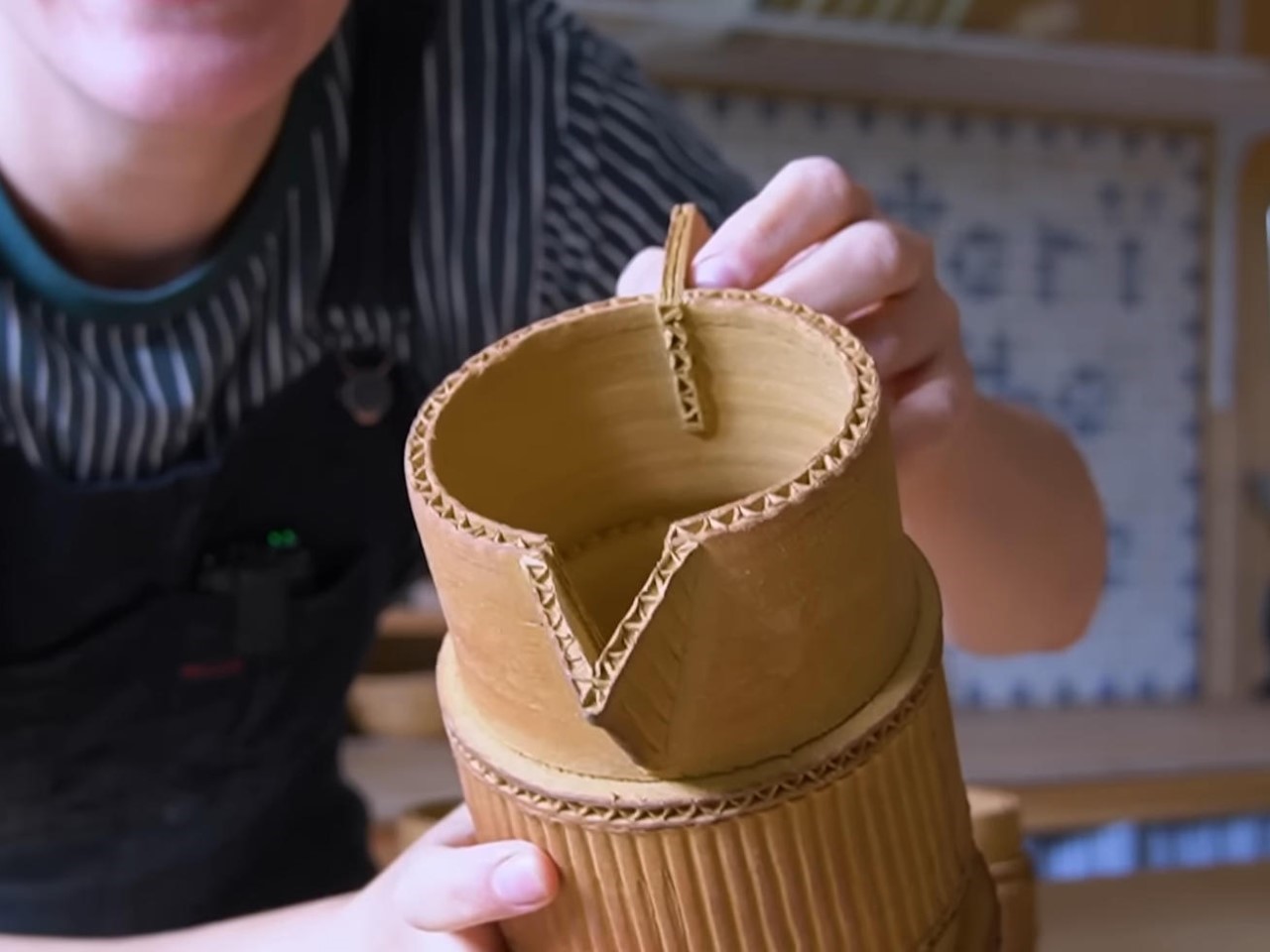
A few keys to nailing the aesthetic were ensuring the clay dries out significantly before stamping details onto them. Paper isn’t seamless either, so each paper part had to have a distinct start and end, which meant not blending in the edge lines. Even when joining multiple parts together, it’s instinctive to blend them in, making sure the joint is strong. However, cardboard doesn’t ‘blend’ either, so edges where different parts joined had to be left unblended, allowing the edge-line to show. Sure, this results in a fairly weak end-product, but then again, this entire endeavor is an aesthetic-driven one, not a functionality-driven one. The resulting pots are great for looking at, maybe even using as bouquet holders, but aren’t meant for holding water or any liquid. Since they’re unglazed, they’re still incredibly porous and will absorb water too, which means it’s best left displayed on a shelf as a statement piece rather than being put to use.
